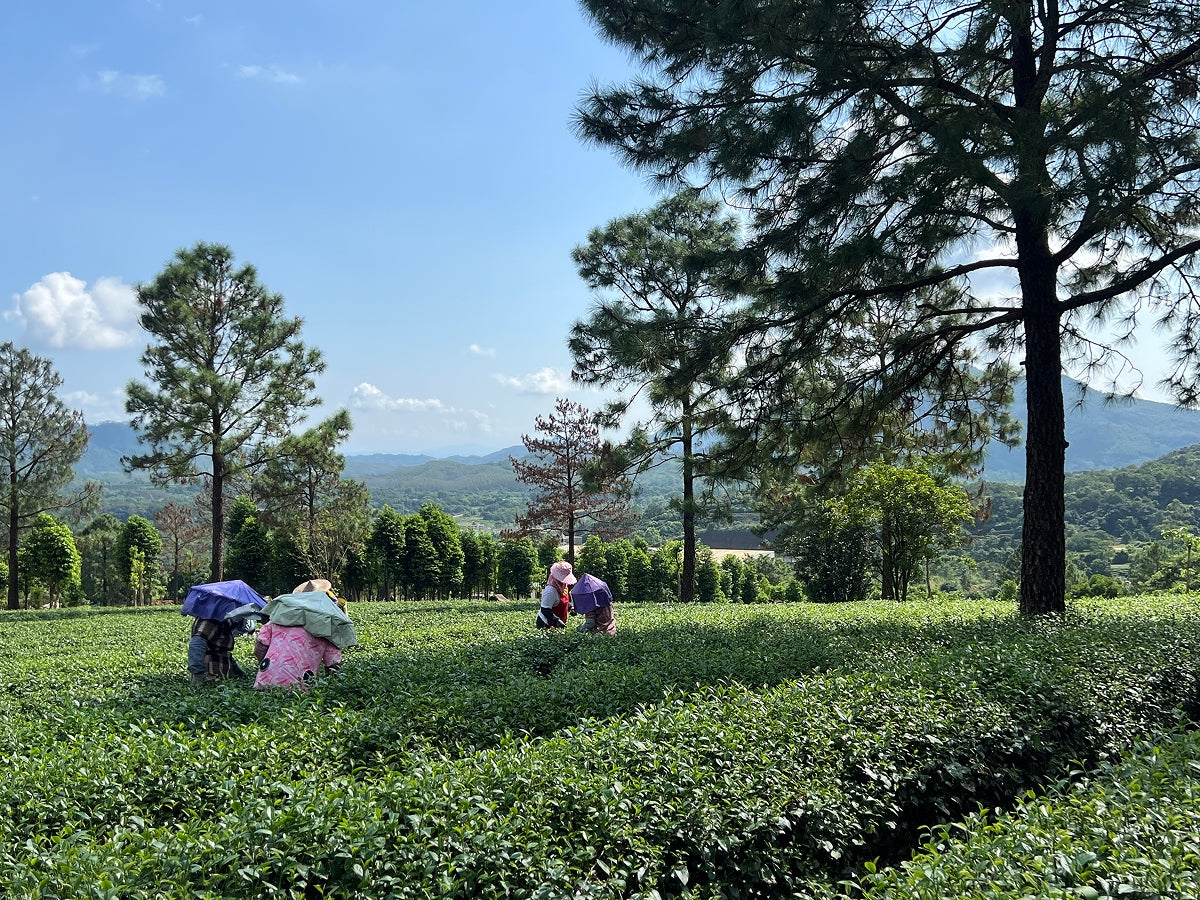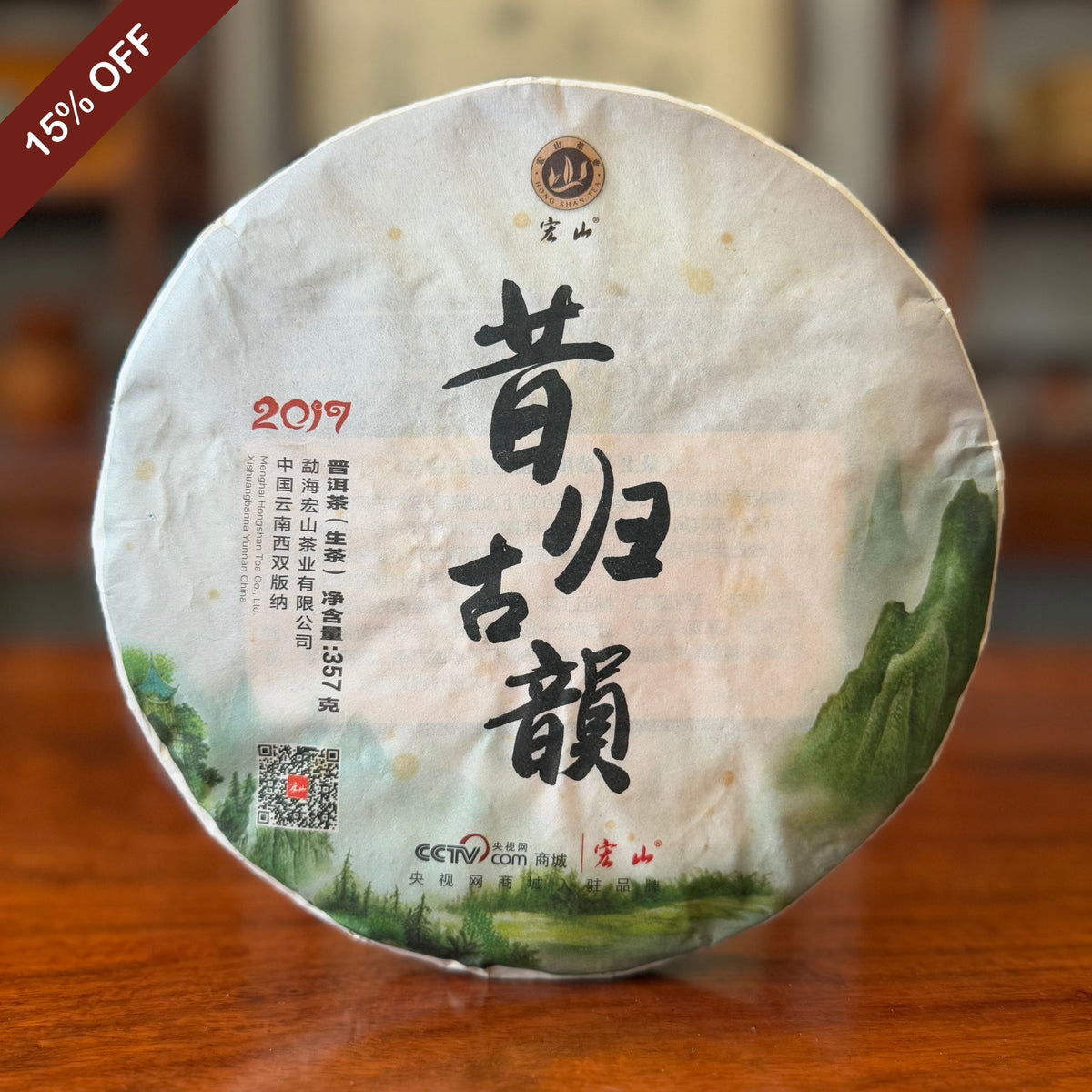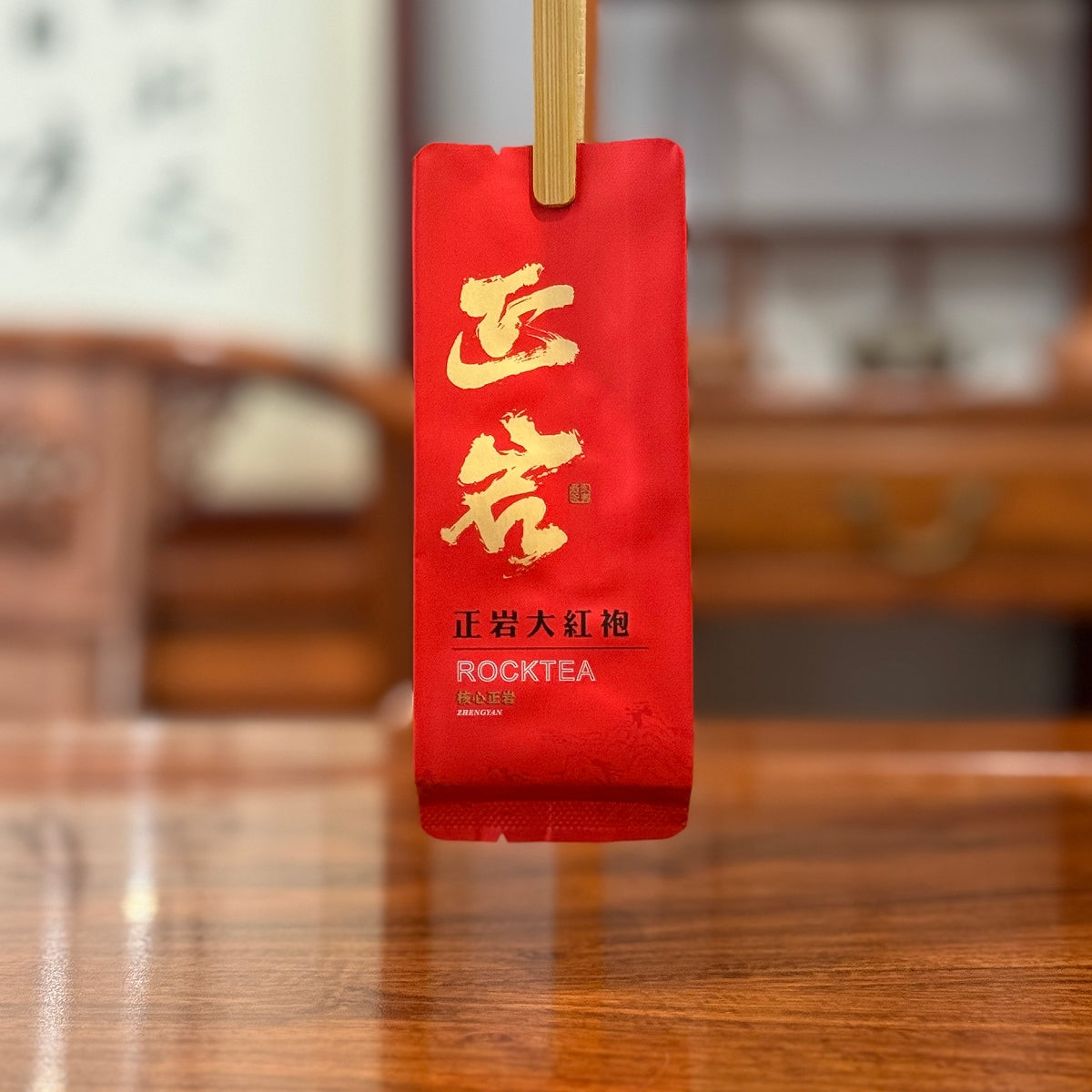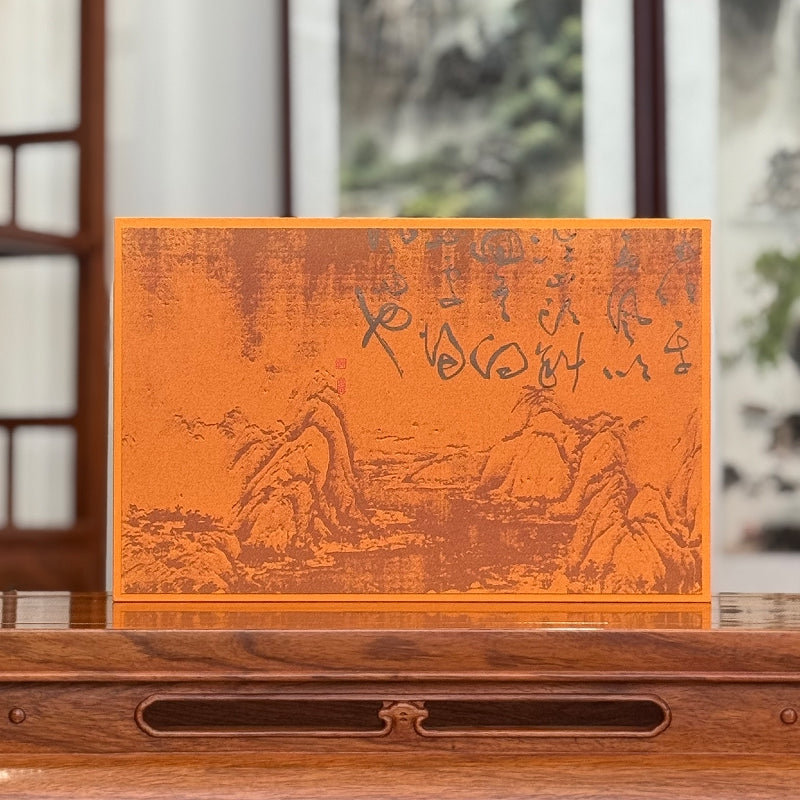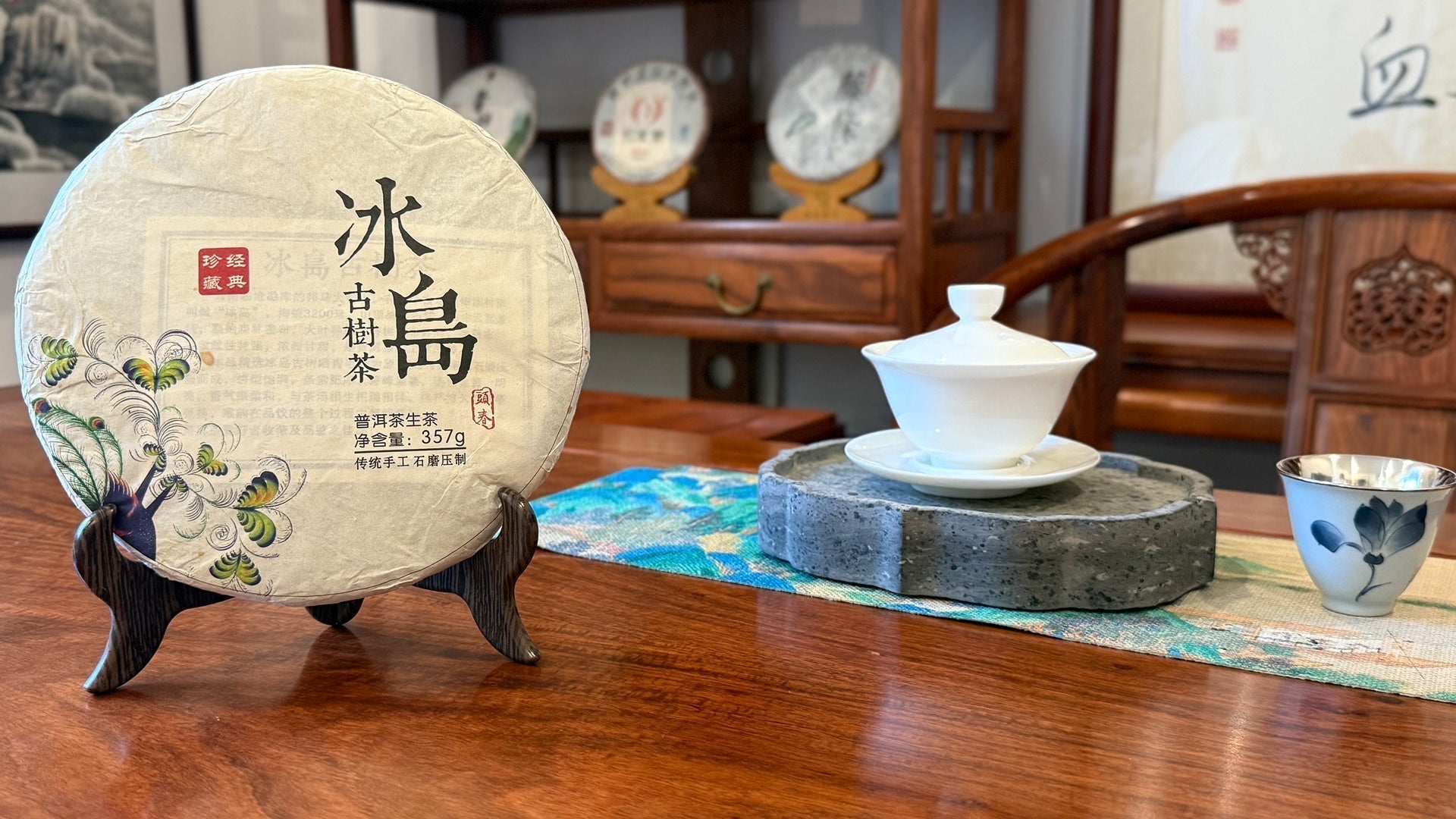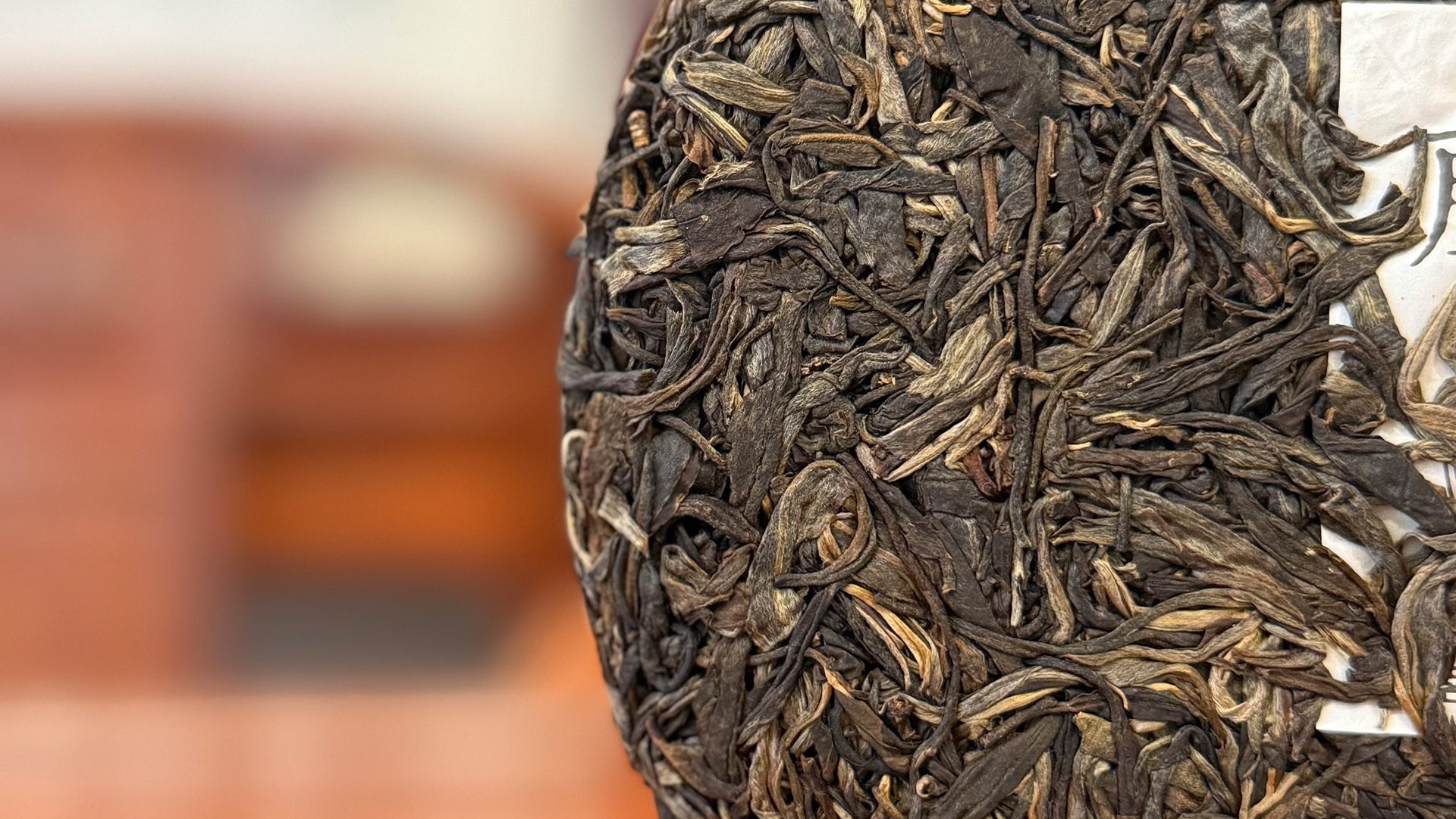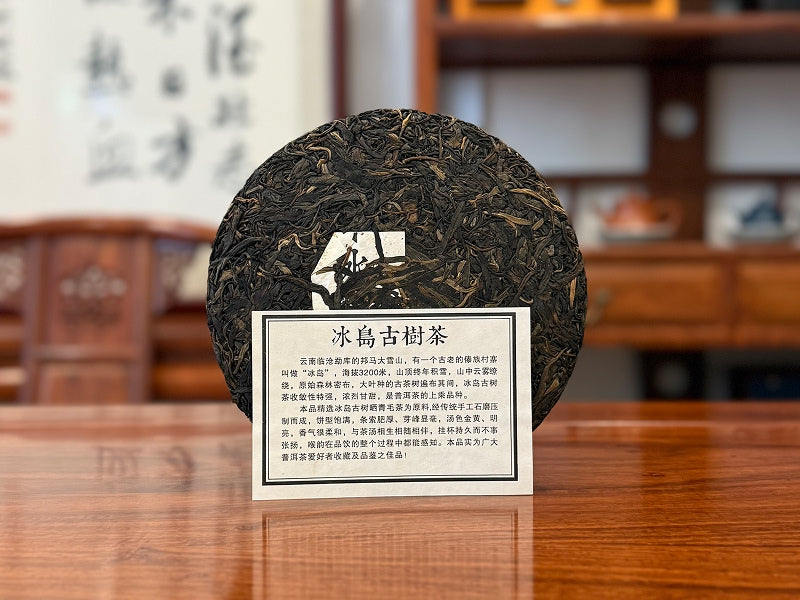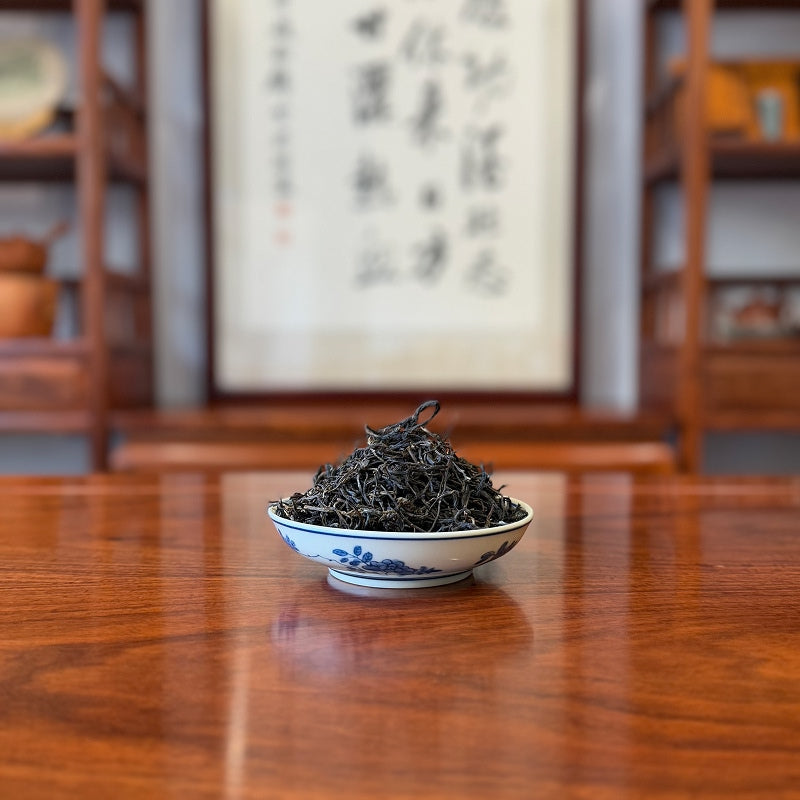Redécouvrir Tie Guan Yin signifie regarder au-delà de ce dont vous vous souvenez peut-être comme du « thé de papa ».
Par une chaude journée d'été, un jeune amateur de thé est venu à notre salon de thé et a demandé au maître de thé de lui recommander un thé rafraîchissant, idéal pour l'été, mais pas du thé vert. Le maître de thé nous a recommandé le thé oolong Anxi Tie Guan Yin (aussi appelé thé oolong Ti Kuan Yin). À notre grande surprise, il a ri et a dit : « Tie Guan Yin ? N'est-ce pas le thé que buvait mon père ? »

En entendant cela, j'ai failli perdre mon gaiwan. Le Tie Guan Yin était autrefois le thé que chaque foyer servait à ses invités : riche en arômes et à la longue finale. Comment est-il devenu aujourd'hui le symbole du « thé d'antan » nostalgique ?
L'environnement de culture unique du thé Tie Guan Yin

Alors, je lui ai raconté l'histoire du thé Tie Guan Yin, que j'aimerais partager ici pour les débutants en thé :
Nichée au cœur des montagnes d'Anxi, dans la province du Fujian, se trouve l'habitat idéal du théier Tie Guan Yin. La région bénéficie d'un sol rouge acide, d'importantes variations de température entre le jour et la nuit, de nuages brumeux et de précipitations annuelles abondantes. Ce terroir unique confère à Anxi Tie Guan Yin ses qualités irremplaçables, à l'image des roches millénaires érodées qui nourrissent les thés de roche des monts Wuyi.
Techniques de traitement strictes et détaillées

De nombreux nouveaux venus pensent à tort que le Tie Guan Yin est un thé vert en raison de ses feuilles sèches d'un vert éclatant. En réalité, le Tie Guan Yin est un thé oolong semi-oxydé, produit selon un processus particulièrement rigoureux et méticuleux comprenant la cueillette, le flétrissement, le flétrissement au soleil, l'oxydation, la cuisson à la poêle, le roulage initial, le séchage initial, le roulage secondaire et le séchage final.
L'étape de la cueillette est particulièrement cruciale. Les feuilles de thé Tie Guan Yin ne peuvent pas être cueillies par temps pluvieux ou nuageux, et la cueillette n'a lieu que de 9 h à 16 h. La récolte se concentre sur « un bourgeon et deux feuilles », c'est-à-dire les feuilles dont le bourgeon a poussé et dont la surface foliaire s'est déployée. La cueillette suit les principes de « standardisation, ponctualité, récolte par lots et conservation des feuilles » grâce à une méthode de cueillette à hauteur fixe et à plat, adaptée à l'état de croissance du théier. Cela permet de récolter tous les bourgeons de la surface de cueillette, tandis que les bourgeons inférieurs sont laissés pousser, formant une riche couche nutritive qui optimise l'utilisation de la lumière et améliore le rendement et la qualité.
Connaissez-vous maintenant le nom de ce thé ? Origine, cultivar et savoir-faire traditionnel : le thé Oolong Anxi Tie Guan Yin unique.
Découvrez le parfum rafraîchissant du thé Oolong Tie Guan Yin

Tout en lui expliquant, je lui ai préparé une tasse de Tie Guan Yin de style Qingxiang (Parfum Léger) en lui disant : « Regardez, ce style n'a pas subi de torréfaction au charbon de bois. La liqueur de thé est claire comme de l'eau verte, avec un arôme naturel et puissant d'orchidée, et un goût doux et parfumé. C'est le genre de Tie Guan Yin que nous buvons en ce moment. »
Après avoir goûté, il a déclaré : « L’arôme floral procure une sensation de fraîcheur dans ma gorge, la douceur persiste de manière rafraîchissante et la liqueur de thé est onctueuse. »
Ses commentaires positifs m’ont rendu très heureux.
Le charme unique du thé Oolong Tie Guan Yin au parfum puissant

Ensuite, je lui ai présenté l'autre style : le Nongxiang (parfum fort) Tie Guan Yin :
L'Anxi Tie Guan Yin se divise principalement en Qingxiang (parfum léger) et Nongxiang (parfum puissant). Comparé à l'élégant parfum d'orchidée du Qingxiang, le Nongxiang est torréfié au charbon de bois, avec une robe couleur thé brun doré clair et un arôme plus riche aux notes de caramel et de bois fruité, offrant un goût moelleux et persistant.
Bien que différents par leur style, tous deux partagent le charme unique de « Guanyin Yun » (le « charme de Guanyin »). Grâce à son parfum persistant et à l'excellente longévité de son infusion, le Tie Guan Yin est réputé pour ses « sept infusions à l'arôme persistant », un éloge qui témoigne de la richesse de son arôme, même après plusieurs infusions.
Boire du Tie Guan Yin pendant la grande chaleur — Rafraîchissant et nourrissant

Selon les 24 termes solaires traditionnels chinois, nous traversons actuellement la période la plus chaude, appelée « Da Shu » (Grande Chaleur). Durant cette période torride, infuser une théière d'Anxi Tie Guan Yin non seulement rafraîchit et apaise la chaleur, mais contribue également à réduire la chaleur interne, atténuant ainsi la sécheresse et la soif causées par la chaleur.
Pendant ce temps, Tie Guan Yin favorise la motilité gastro-intestinale et améliore la digestion, particulièrement adapté à la consommation après les repas d'été gras et lourds, réduisant efficacement les ballonnements et l'inconfort.
Sur le plan nutritionnel, le Tie Guan Yin est riche en fibres alimentaires, bénéfiques pour la santé intestinale. Les polyphénols et les catéchines contenus dans le thé sont des antioxydants naturels qui éliminent les radicaux libres, retardent le vieillissement cellulaire, améliorent l'état de la peau et réduisent le risque de maladies chroniques.
Comme le dit le vieil adage : « La chaleur du Da Shu est difficile à dissiper ; la vraie chaleur vient après l'été. » À cette période où la chaleur persiste, une tasse d'Anxi Tie Guan Yin utilise intelligemment la chaleur pour la combattre, contribuant ainsi à dissiper la chaleur torride de l'été.
Comment choisir un thé Tie Guan Yin de qualité ?

Lors de la sélection du Tie Guan Yin, il est recommandé de privilégier les feuilles de thé originaires d'Anxi, dans le Fujian. Un Tie Guan Yin de haute qualité se distingue généralement par son arôme naturel et pur, sa liqueur claire et lumineuse, sa douceur prononcée et son charme unique « Guanyin Yun ».
Découvrez notre sélection de thés Oolong Anxi Tie Guan Yin et sa saveur unique. Ce thé est soigneusement sélectionné dans la maison de thé traditionnelle du Chinese Tea Group. Les feuilles proviennent de producteurs locaux réputés. Nos prix pour le thé Tie Guan Yin sont compétitifs et comparables à ceux du marché local. Toutes les photos des produits sont authentiques afin de garantir une qualité irréprochable.
